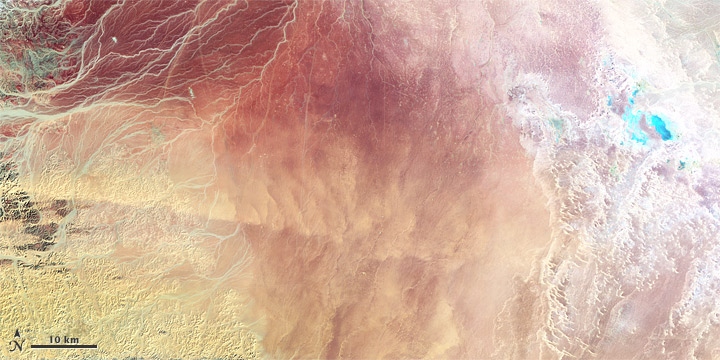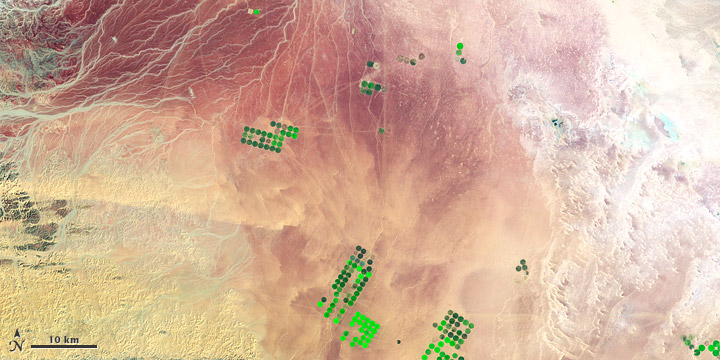I dashed out of town early Wednesday and failed to share with Inkstain readers the latest in the Kirtland Air Force Base jet fuel saga:
As much as 24 million gallons of jet fuel might have escaped from a decades-long leak in an underground Kirtland Air Force Base pipe, three times more than previously estimated, according to a new calculation by a New Mexico Environment Department scientist.
Officials cautioned that there is still a great deal of uncertainty about the number, and that they may never know how much fuel has spilled. But new data from state-mandated monitoring wells show the fuel in soil beneath the spill site is more widespread that previously known. And regardless of the specific number, the new data show the spill is larger than previously known, state officials said.
The news raised alarm bells at the Albuquerque Bernalillo County Water Utility Authority, which has two large water well fields near the contamination site. The contamination is less than two miles from the nearest well.
“It scares the heck out of me,” said John Stomp, the water utility’s chief operations officer.





